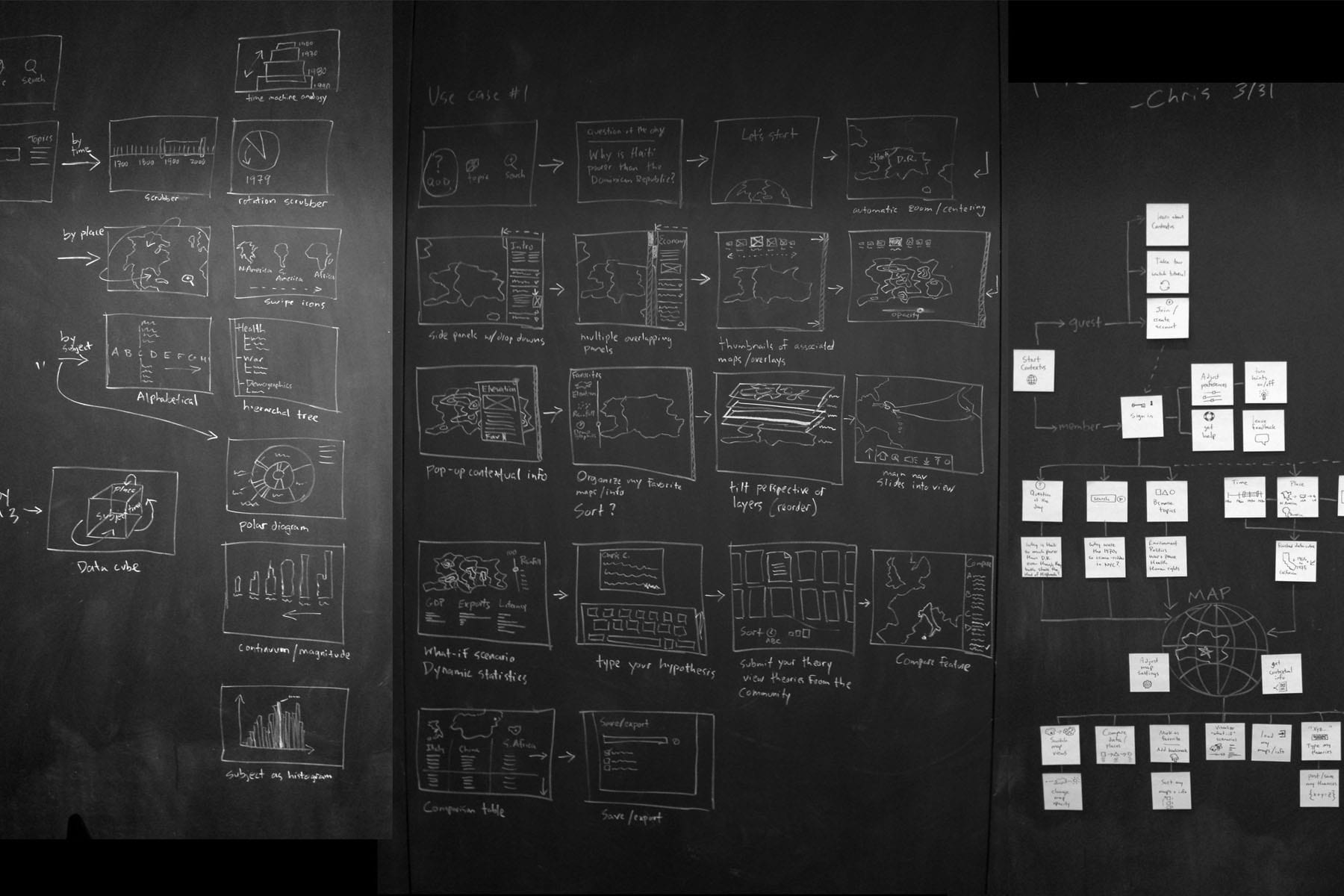It’s no secret that the “war for talent” rages on in Silicon Valley, where companies large and small are jockeying for top technical talent to help execute their growth strategies. This is becoming even more evident with software design, as employers find themselves competing over a short supply of qualified candidates.
While the trend has been building for several years, the “light bulb” moment for more and more companies (enterprise included) is the realization that a great user experience is what can set them apart. Just look at Apple, Mint, Path, Pinterest, Airbnb and Square. User interface design has been an important impetus for their business.
With an increasing number of companies, the design team now has a seat at the table alongside engineering and product management. Design leaders are being tapped to engage as part of the end-to-end product development process. This represents a considerable shift whereby the function of design is no longer viewed solely as a tactical resource, but as a key driver for market and business growth.
At the same time, this evolutionary role of product designers presents a significant challenge for employers. Not only are they facing tight supply for great designer talent, but many organizations are being tasked to make a critical executive-level hire–one that they might have not made before.
Organizations are entering the marketplace with a limited understanding of what a great design leader looks like, what it takes to attract that person, and–once in the seat–what a design leader needs to be successful.
Companies often go searching for the mythical creature with the unique combination of strong strategic and revolutionary design vision; organizational savvy; consulting skills; an understanding of or experience in product engineering; and the ability to generate exceptional output from his or her team. All of this is tough to find in one individual. However, with patience, diligence, persistence and creative offers, companies can increase their chances of finding this rare talent–or at least a very close match.
Without question, there is some exceptional talent out there–actively looking or not–that can be attracted to new opportunities given the right situation, challenge and ability to make a design difference.
The advice I give to organizations is to prioritize and rank what is valued most in this executive role, based on a review of the company’s overall strategy, objectives and culture. Is it the creative, forward-thinking design vision? Is it the ability to translate the value of design to the business, thus influencing product development decisions? Once they figure out the most valuable traits, companies can hone in and search for the right candidate by gearing their approach and conversations around the top attributes and skills they are seeking, while still keeping an eye out for extra qualities.
Hiring a great design leader is becoming just as important as hiring great engineering and product leadership. Even if you only gain a percentage of the criteria of that “mythical creature,” the right quality hire for your business can help achieve your design strategies and drive your company forward.
Dirk Cleveland is a Partner at Riviera and specializes in both engineering and design leadership searches.


